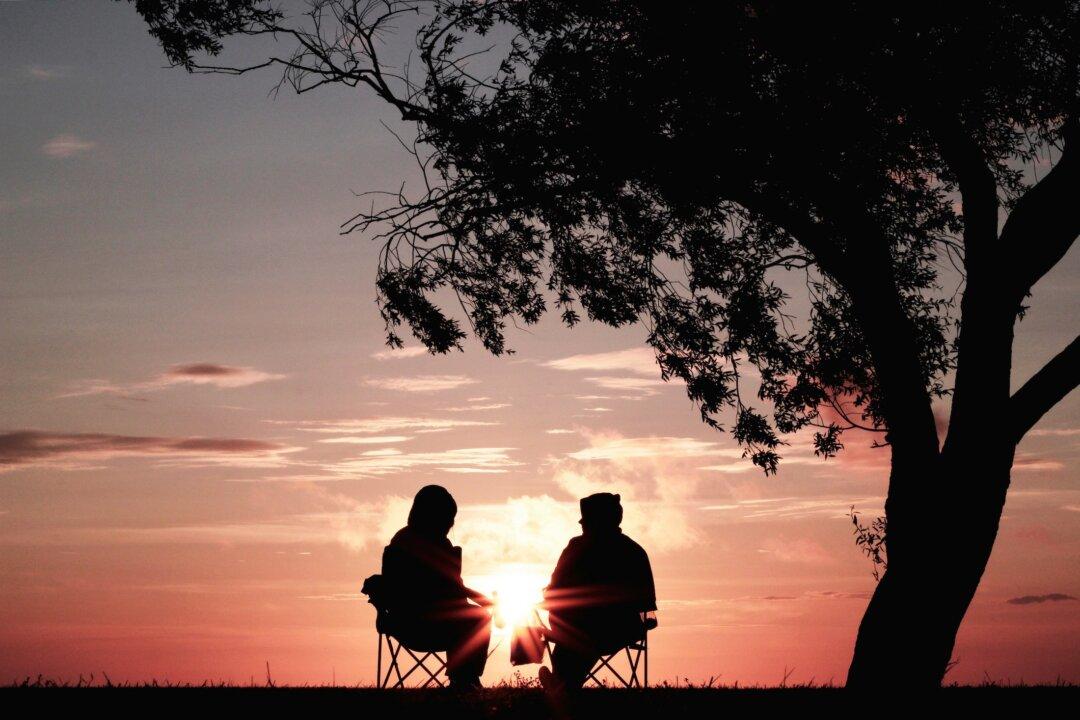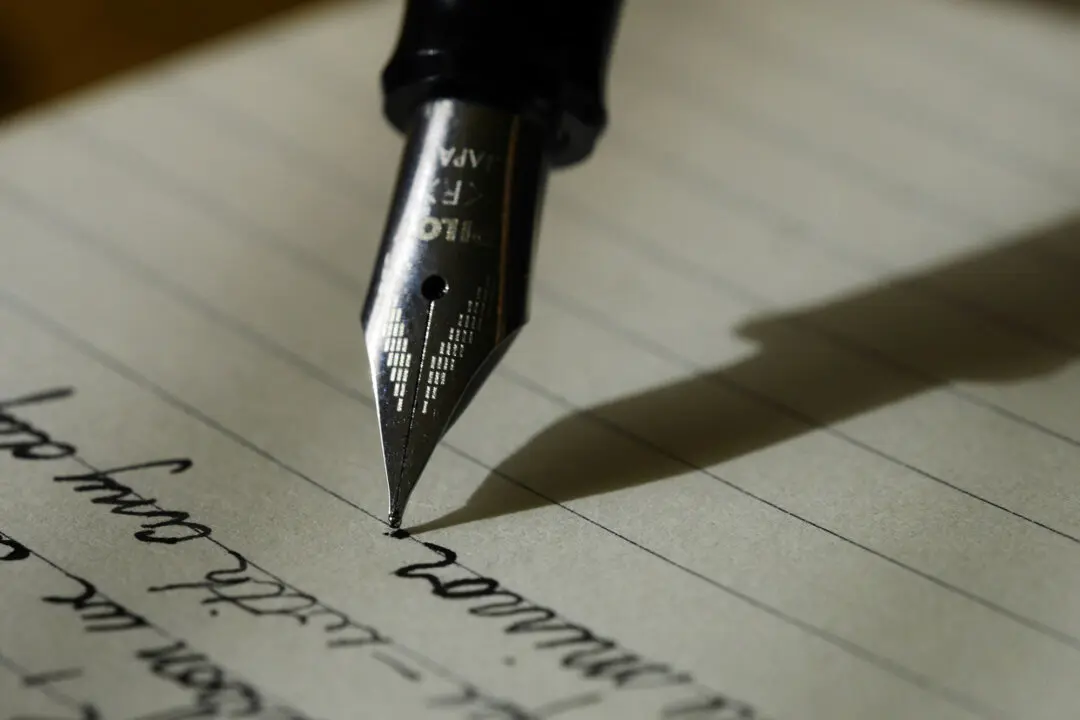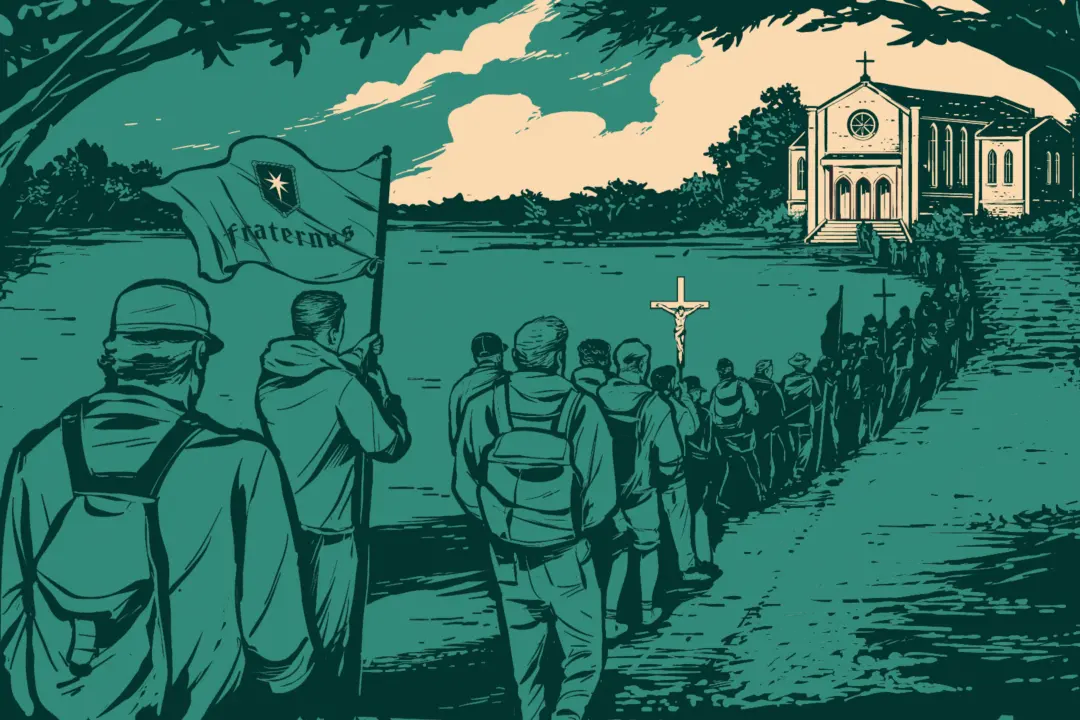Could you sit contentedly for an hour and watch a recording of someone chopping wood or fishing?
In Norway, people do. It’s called “slow TV.” A friend of mine who spent time in Norway told me about it, along with her experience trying to learn traditional Norwegian folk dance. The old-timers there told her she needed to approach the dance “with a little bit of peace” or she would never be able to do it. Her attempts to rigidly rush her way through the dance actually inhibited her ability to successfully learn it. Such dances—like life—cannot be rushed through, if one hopes to do it well. You must learn to relax and sway with the beats of the music, just as the dance of life requires us to sway with the rhythms of time.






